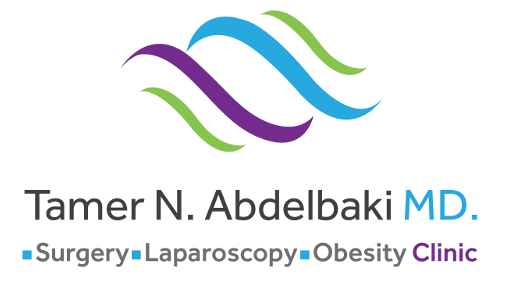General Surgeries

Laparoscopic Cholecystectomy (Gall Bladder Removal Surgery)
The gallbladder is located in the upper right side of your abdomen lying beneath your liver. It is a pear-shaped organ that collects and stores bile which is responsible for digestion.
If your Gall Bladder is not working the way it should (or your bile gets out of balance), hard fragments known as “Stones” start to form. Stones can be as small as a grain of rice or as big as a lemon.
Stones don’t go away on their own. Once they start to hurt or cause other symptoms, you will need a cholecystectomy (Gall Bladder Removal Surgery).
About 80% of people who have gallstones will need surgery.
It’s one of the most common surgeries doctors perform and carry a very slight complication risk. Usually you can go home on the same day of your surgery.
Laparoscopic cholecystectomy involves the use of a tiny camera and special tools through four small scars in your upper abdomen to remove the gall bladder. In very rare situations one large incision may be used to remove the gallbladder. This is called an open cholecystectomy.

Bikini Laparoscopic Cholecystectomy (Gall Bladder Removal Surgery)

 Dr Tamer has pioneered a new technique after his innovated Bikini Sleeve technique (learn more) where he uses tiny inconspicuous scars placed at the bikini line, so as to make your procedure without any visible scars. He named it Bikini line Gall Bladder Removal Surgery.
Dr Tamer has pioneered a new technique after his innovated Bikini Sleeve technique (learn more) where he uses tiny inconspicuous scars placed at the bikini line, so as to make your procedure without any visible scars. He named it Bikini line Gall Bladder Removal Surgery. 
Antireflux surgery & Hiatal Hernia Repair:
Heartburn and reflux are caused by a problem in the muscles at the bottom of the tube (Esophagus) connecting your mouth to your stomach. Failure of these muscles to contract can result in stomach acid traveling back up through the esophagus, causing a burning sensation in the area between your ribs or just below your neck.
If you are suffering from heartburn, you might first try making some lifestyle changes and/or investigating drug therapy, such as antacids to neutralize stomach acids or other medications to reduce the amount of stomach acid being produced. If these methods do not relieve your symptoms, the next stage of treatment is anti-reflux surgery.
Anti-reflux surgery repairs the muscle at the lower end of the esophagus and creates a new valve that prevents the stomach acid from going up. Nissen Fundoplication is the most common type of anti-reflux surgery performed.
Another problem that can also present with symptoms of reflux is a condition known as Hiatal Hernia. A Hiatal Hernia is a condition in which the upper part of your stomach bulges through an opening in your diaphragm. Your diaphragm helps keep stomach acid from coming up into your esophagus. When you have a hiatal hernia, it’s easier for the acid to come up. Hiatal hernia repair can also be performed by minimal incisions (laparoscopy)

Laparoscopic Appendectomy
Appendectomy is an operation to remove the appendix when it has become inflamed; an inflamed appendix is called appendicitis.
Appendicitis must be treated with surgery right away; if left untreated, the appendix could rupture (burst) and cause a life-threatening or fatal infection.
Dr Tamer will remove your appendix using 3 tiny scars with the aid of a tiny camera and special instruments.

Laparoscopic Hernia Surgery
Hernia occurs when fatty tissue or an organ pushes through a weak place in your abdominal muscle wall. Hernias usually don’t get better on their own. They tend to get bigger. In rare cases, they can lead to life-threatening complications. The main treatment modality recommend is surgery. But not every hernia needs immediate treatment. It depends on the size and symptoms.
A surgical hernia repair involves pushing the bulge back inside the body part that should contain it, and keeping it there. This can also be reinforced by a mesh. Dr Tamer also offers a wide selection of procedures done by minimally invasive surgery (laparoscope).

Gastroscopy & Colonoscopy
Endoscopy is a nonsurgical procedure using a tube with a camera on its tip to examine a person’s digestive tract.
During an upper endoscopy, an endoscope is easily passed through the mouth and throat and into the esophagus, allowing the doctor to view the esophagus, stomach, and upper part of the small intestine.
Similarly, endoscopes can be passed into the large intestine (colon) through the rectum to examine this area of the intestine. This procedure is called colonoscopy.
Why Do I Need an Endoscopy ?
- Stomach pain.
- Ulcers, gastritis, or difficulty swallowing.
- Digestive tract bleeding.
- Changes in bowel habits (chronic constipation or diarrhea).
- Polyps or growths in the colon.
